Comparing perception of Stroop stimuli in focused versus divided attention paradigms: evidence for dramatic processing differences
- PMID: 19733840
- PMCID: PMC2812677
- DOI: 10.1016/j.cognition.2009.08.008
Comparing perception of Stroop stimuli in focused versus divided attention paradigms: evidence for dramatic processing differences
Abstract
A huge set of focused attention experiments show that when presented with color words printed in color, observers report the ink color faster if the carrier word is the name of the color rather than the name of an alternative color, the Stroop effect. There is also a large number (although not so numerous as the Stroop task) of so-called "redundant targets studies" that are based on divided attention instructions. These almost always indicate that observers report the presence of a visual target ('redness' in the stimulus) faster if there are two replications of the target (the word RED in red ink color) than if only one is present (RED in green or GREEN in red). The present set of four experiments employs the same stimuli and same participants in both designs. Evidence supports the traditional interference account of the Stroop effect, but also supports a non-interference parallel processing account of the word and the color in the divided attention task. Theorists are challenged to find a unifying model that parsimoniously explains both seemingly contradictory results.
Copyright 2009 Elsevier B.V. All rights reserved.
Figures




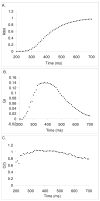
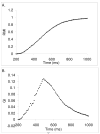
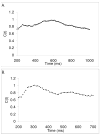
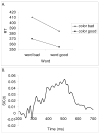






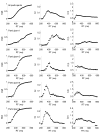
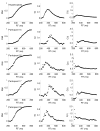
References
-
- Algom D, Chajut E, Lev S. A rational look at the emotional Stroop phenomenon: A generic slowdown, not a Stroop effect. Journal of Experimental Psychology: General. 2004;133:323–338. - PubMed
-
- Algom D, Dekel A, Pansky A. The perception of number from the separability of the stimulus: The Stroop effect revisited. Memory & Cognition. 1996;24:557–572. - PubMed
-
- Ashby FG, Townsend JT. Varieties of perceptual independence. Psychological Review. 1986;93:154–179. - PubMed
-
- Bauer B, Besner D. Processing in the Stroop task: Mental set as a determinant of performance. Canadian Journal of Experimental Psychology. 1997;51:61–68.
-
- Besner D. The myth of ballistic processing: Evidence from the Stroop paradigm. Psychonomic Bulletin & Review. 2001;8:324–330. - PubMed
Publication types
MeSH terms
Grants and funding
LinkOut - more resources
Full Text Sources

